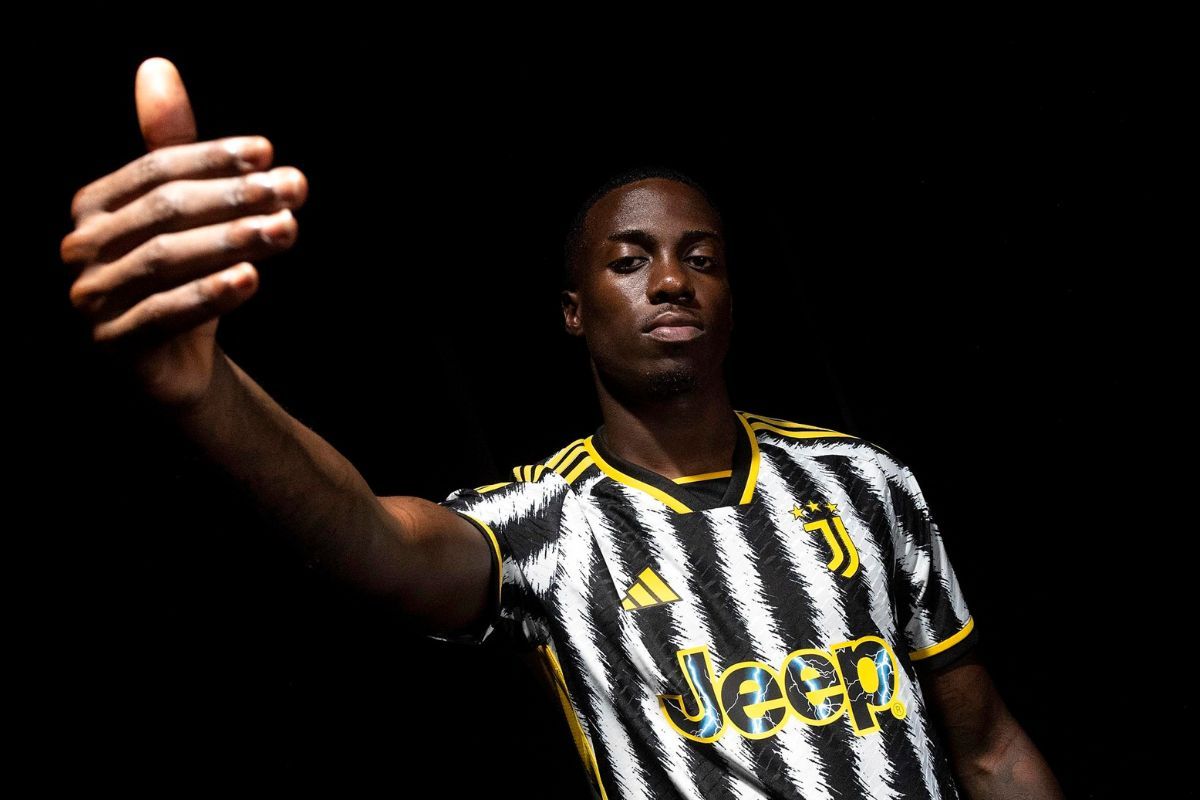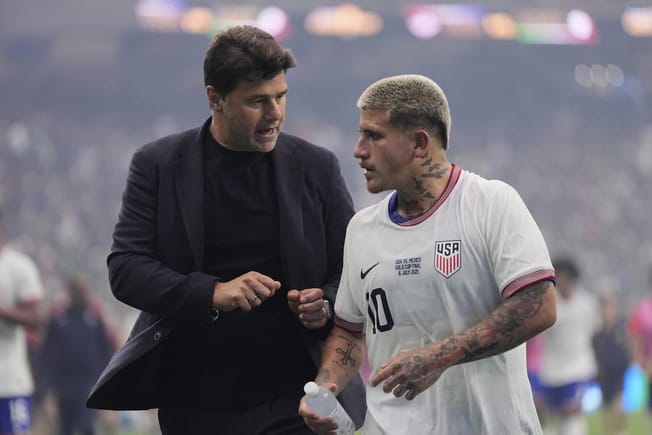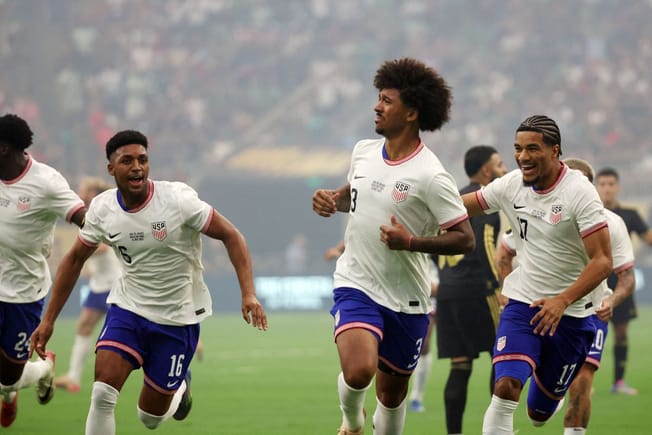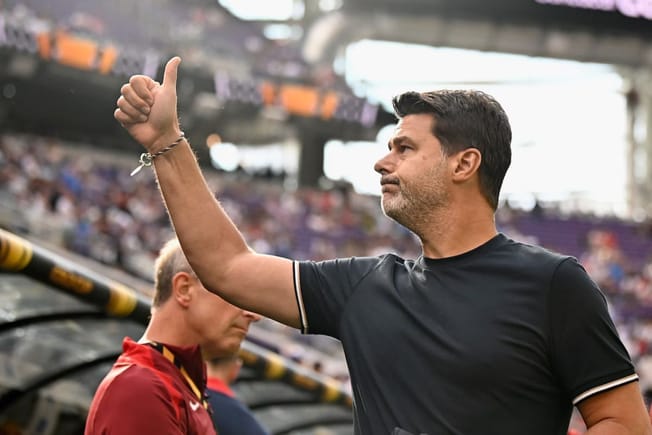At just 23, Tim Weah has added an impressive number of elite, title-winning clubs to his resume.
First came Paris Saint-Germain, where Weah moved from the academy to the first team before making his Ligue 1 debut in 2018. Breaking into PSG’s star-studded attack on a permanent basis was always going to be nearly impossible for the young U.S. men’s national team forward, so he moved on loan to Scottish giants Celtic at the start of 2019. After winning a league title with Celtic, Weah transferred back to Ligue 1 with Lille, where he helped them win the league over PSG in the 2020-21 season.
Now, after his move to Italy recently became official, Weah will be part of yet another perennial title challenger: Juventus.
Buona domenica da Tim, bianconeri! 🤙🤍🖤 pic.twitter.com/RGiAyKlsoR
— JuventusFC (@juventusfc) July 2, 2023
It’s an exciting next step for Weah, and he certainly won’t be the only USMNT star moving this summer.
Here at Backheeled, we’re putting together a series during this transfer window looking at how various USMNT stars will fit with their new teams. You can expect analysis of Christian Pulisic’s eventual move, Yunus Musah’s next step, and a whole lot more.
Today, though, is all about Weah. Here’s how the USMNT’s starting right winger will fit with Juventus.
Slotting right in?
Well, to start, he won’t be playing the right wing position in Italy, at least not based on what we know about *unfurls a lengthy scroll and clears throat* Juventus manager Max Allegri, the club’s outgoing player movement, Weah’s most recent season in France, and Weah’s public comments after this move.
All of those things point to Weah mostly playing as a wingback this season.
Last season with Juventus, Allegri struggled to establish a consistent tactical identity, though the club also dealt with plenty of off-field issues and ended up with a 10-point deduction that pushed them out of the Champions League spots. The 55-year-old’s style wasn’t always clear, but his preference for a back-three shape in possession certainly was. Wingbacks were near constants, while wingers floated in and out of the lineup.






